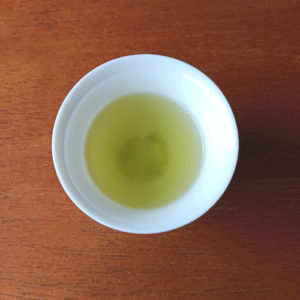How can you tell if a tea has a balanced taste?
It’s not easy to understand if you’re a beginner in Japanese tea, because you might not know what to look for.
But in essence, it means that the different tastes come together and improve the overall experience.
Balance due to preparation
If you prepare a tea incorrectly, you’ll have an unbalanced taste.
The result could be a tea that is too bitter or too astringent, for example.
So the first thing is to know how to prepare each type of tea in a manner that will give you the best taste.
It doesn’t matter how good quality your tea is if your brewing parameters are far from ideal.
Balance of the tea itself
The most important aspects are bitterness, astringency, sweetness, and umami taste.
Regarding quality, you also need to take into account what type of tea is it.
For example, you know that a gyokuro will tend to have the most umami taste, and a kukicha will usually be sweeter than a sencha.
Also, the body and overall flavor of a deep steamed sencha will be different than that of a normal sencha. They can’t be judged equally.
Too much bitterness in any green tea throws off the balance. We could be tasting a low quality tea.
The right amount of astringency relative to the other tastes results in a refreshing taste. But too much astringency, especially in a tea that’s already high in bitterness, is not a good thing.
Umami taste and sweetness will counteract bitter and astringent flavors.
More umami is generally preferred as opposed to less. And while I have never tasted a green tea that is naturally too sweet, I imagine that it is possible for a tea to be too sweet and thus unbalanced.
Of course, a flavor that isn’t supposed to be there, like a smoky or oxidized flavor for example, will immediately tell you that something is wrong with the tea.
It’s somewhat subjective, but with some practice you will be able to tell if a tea is balanced or not.





